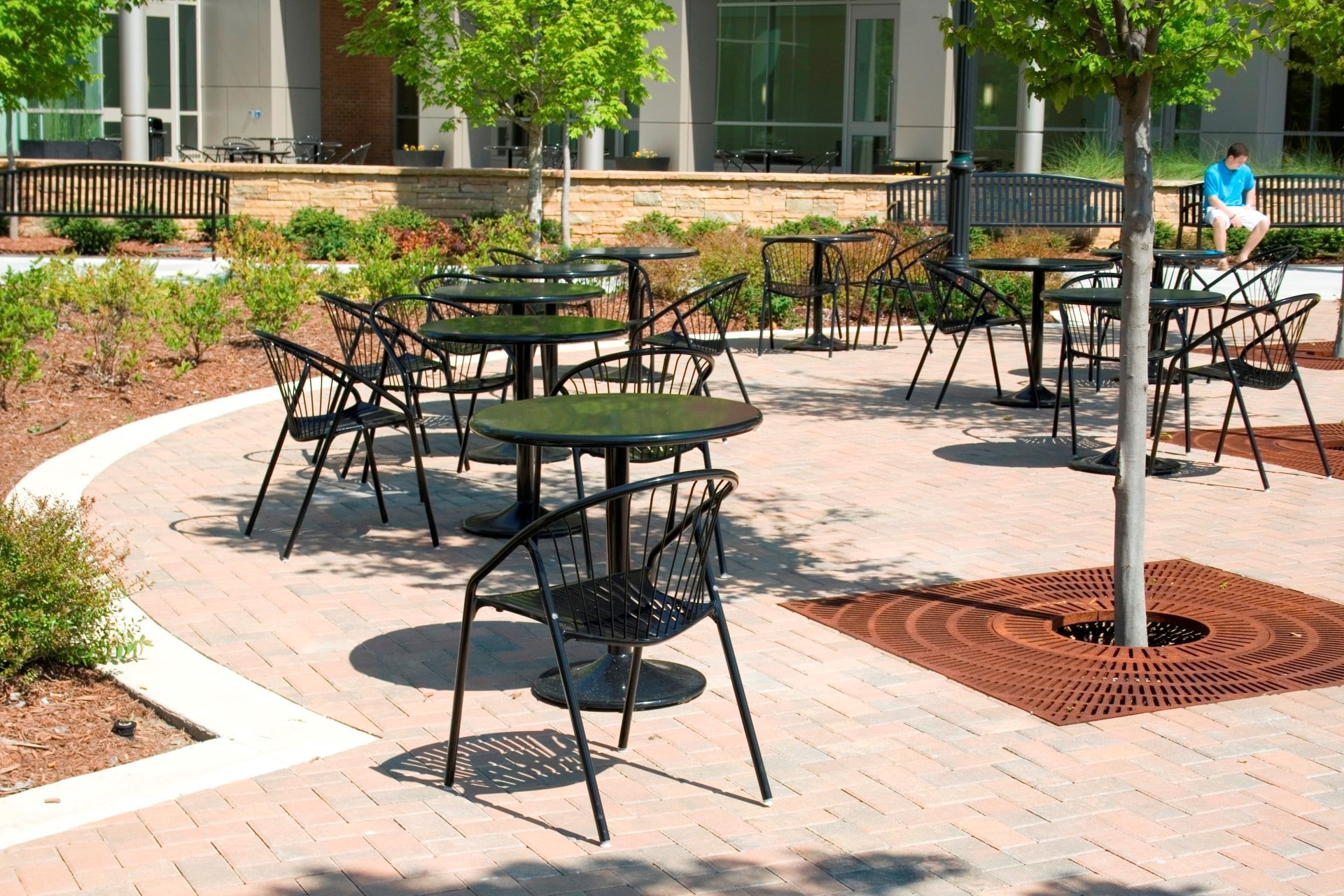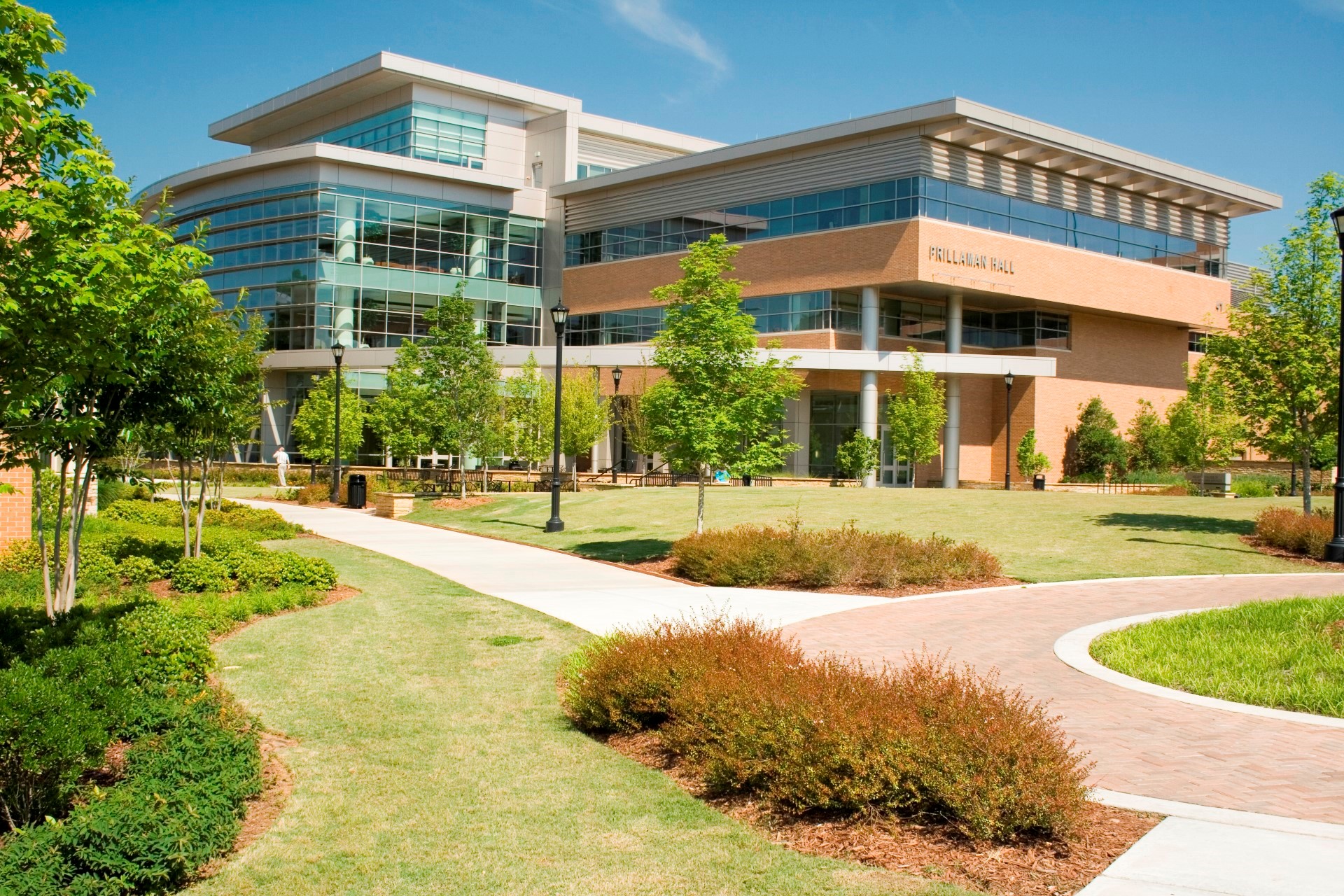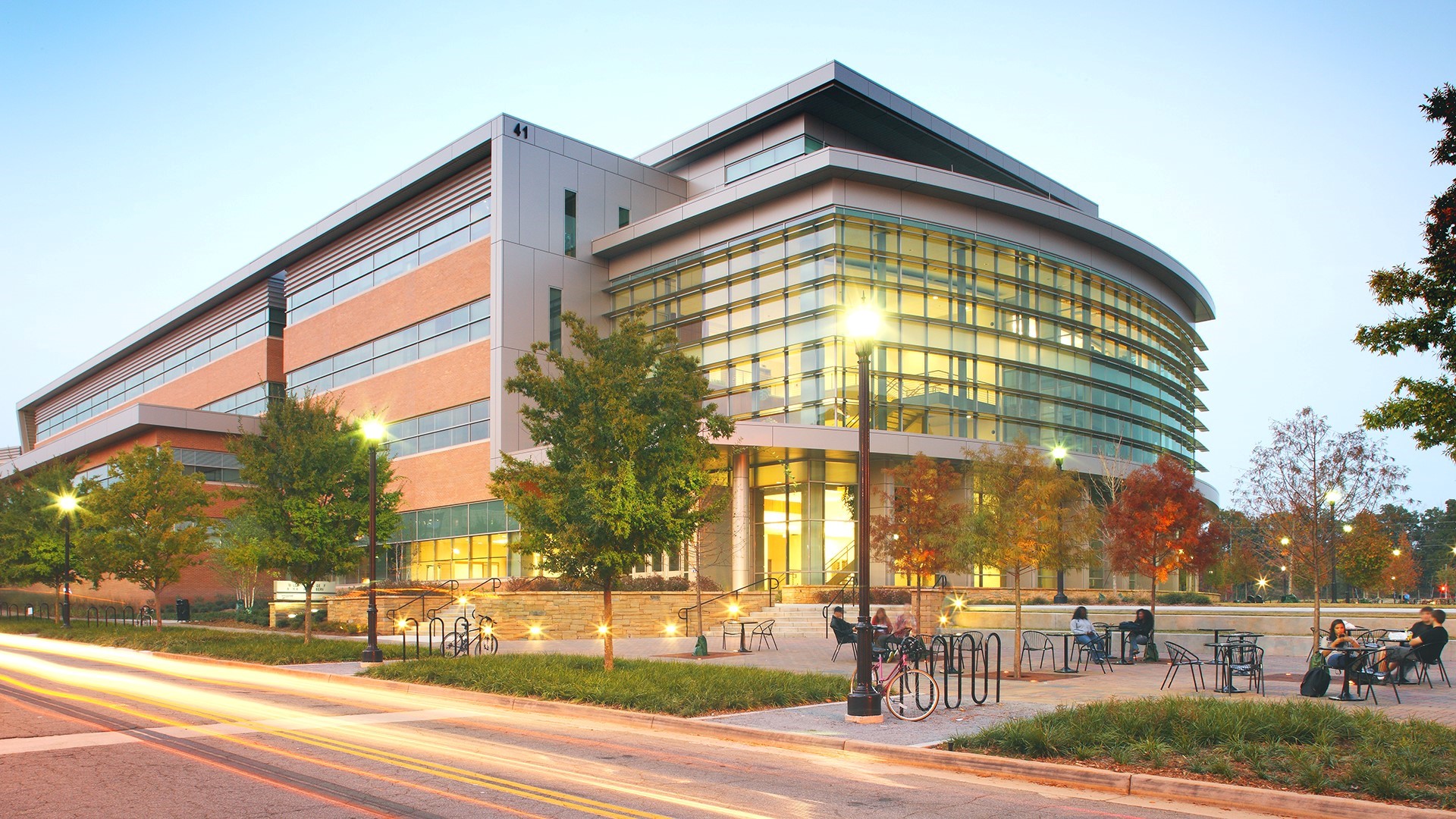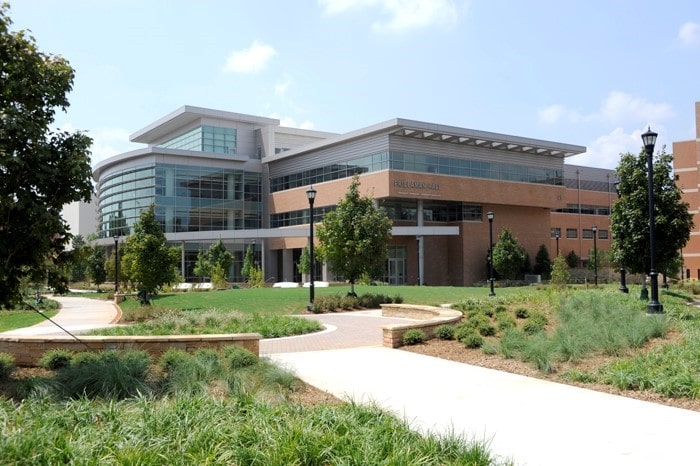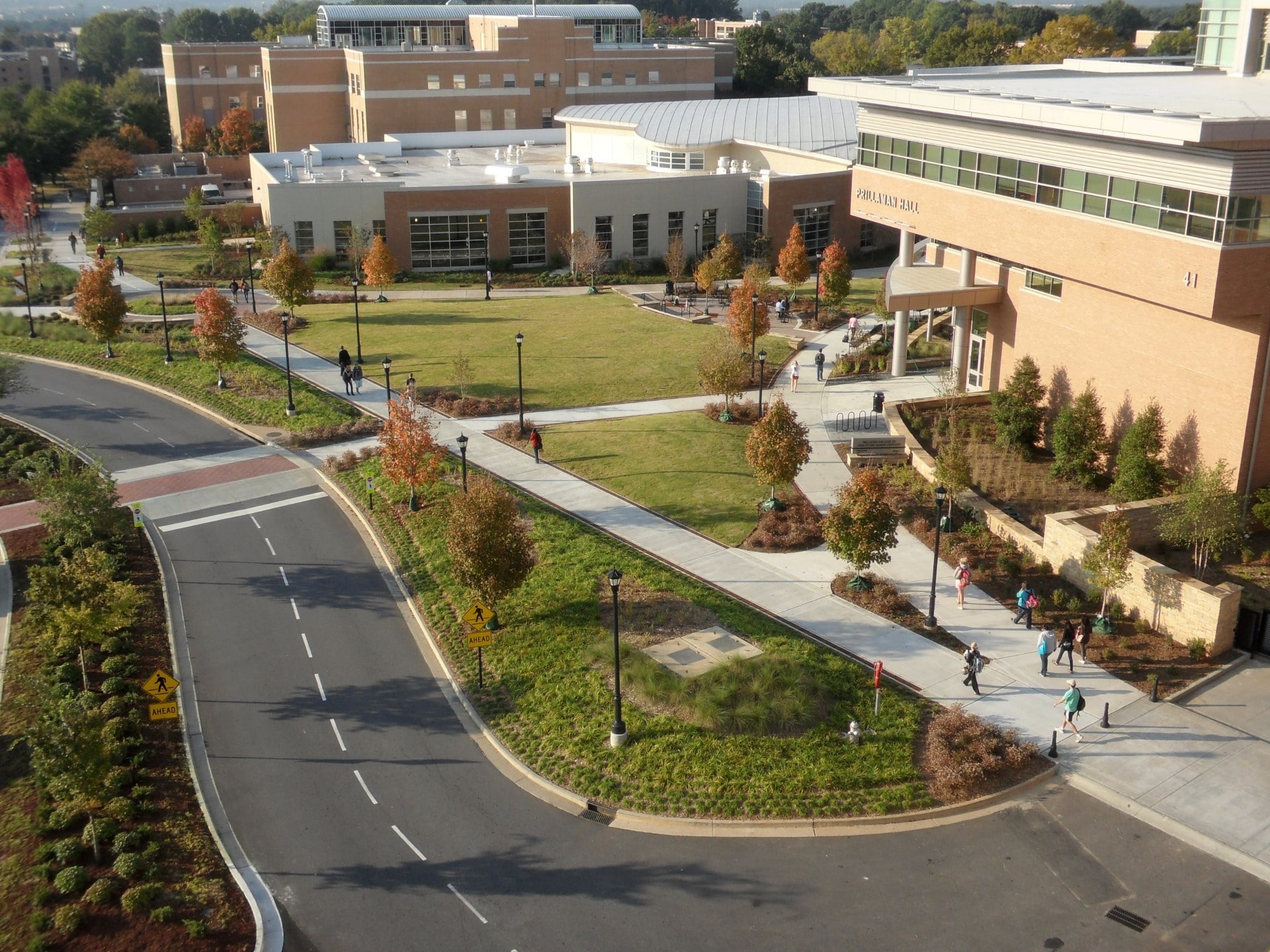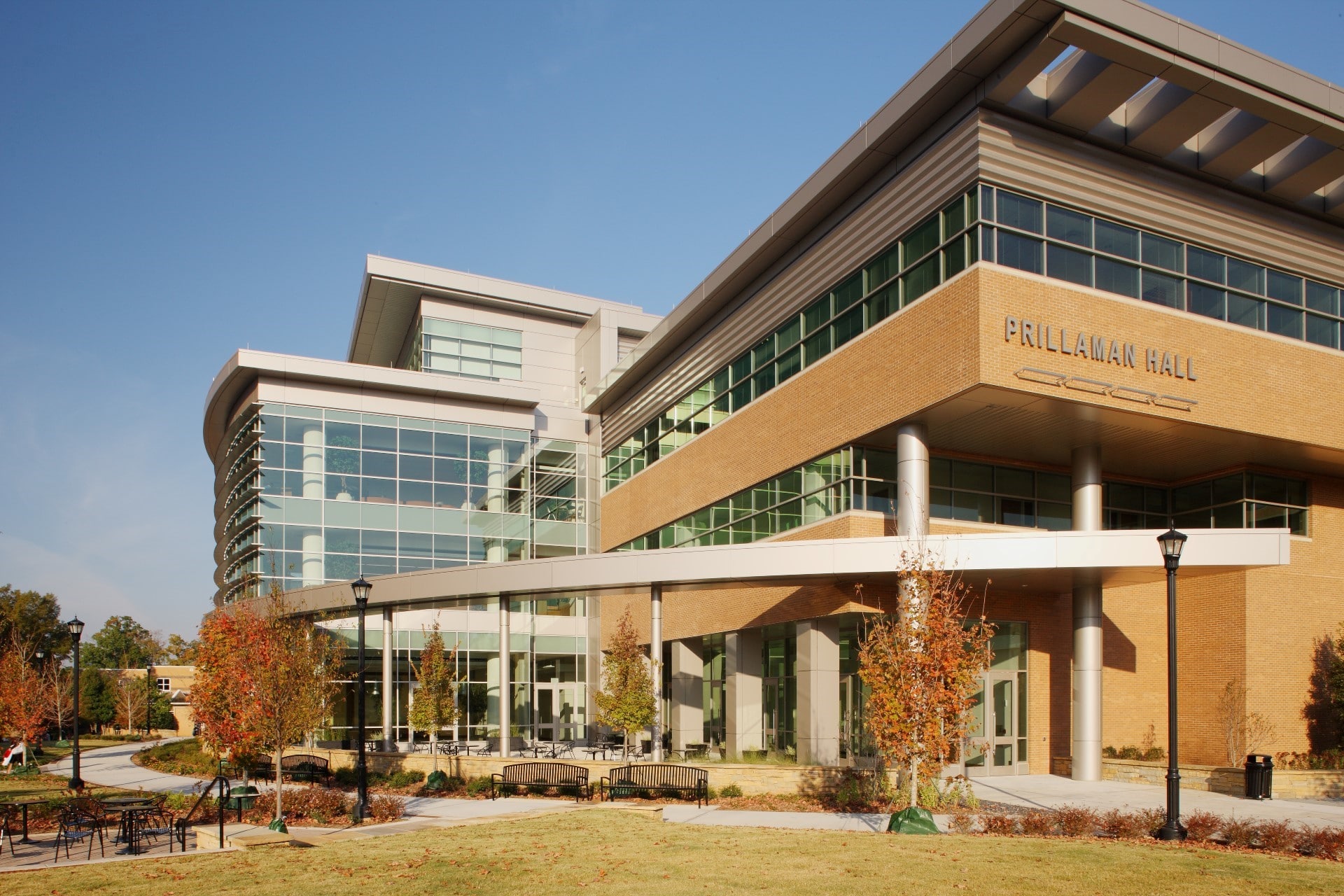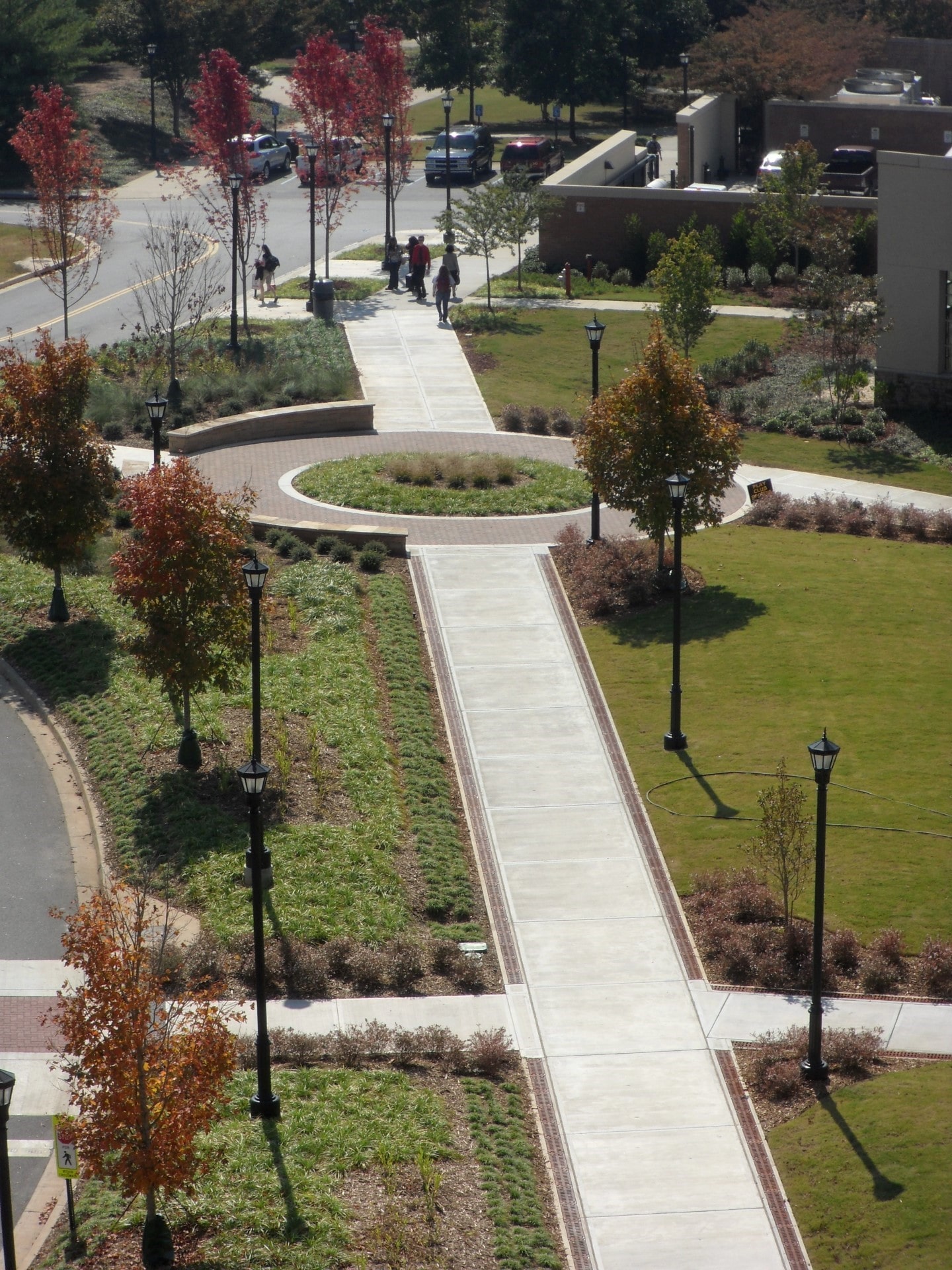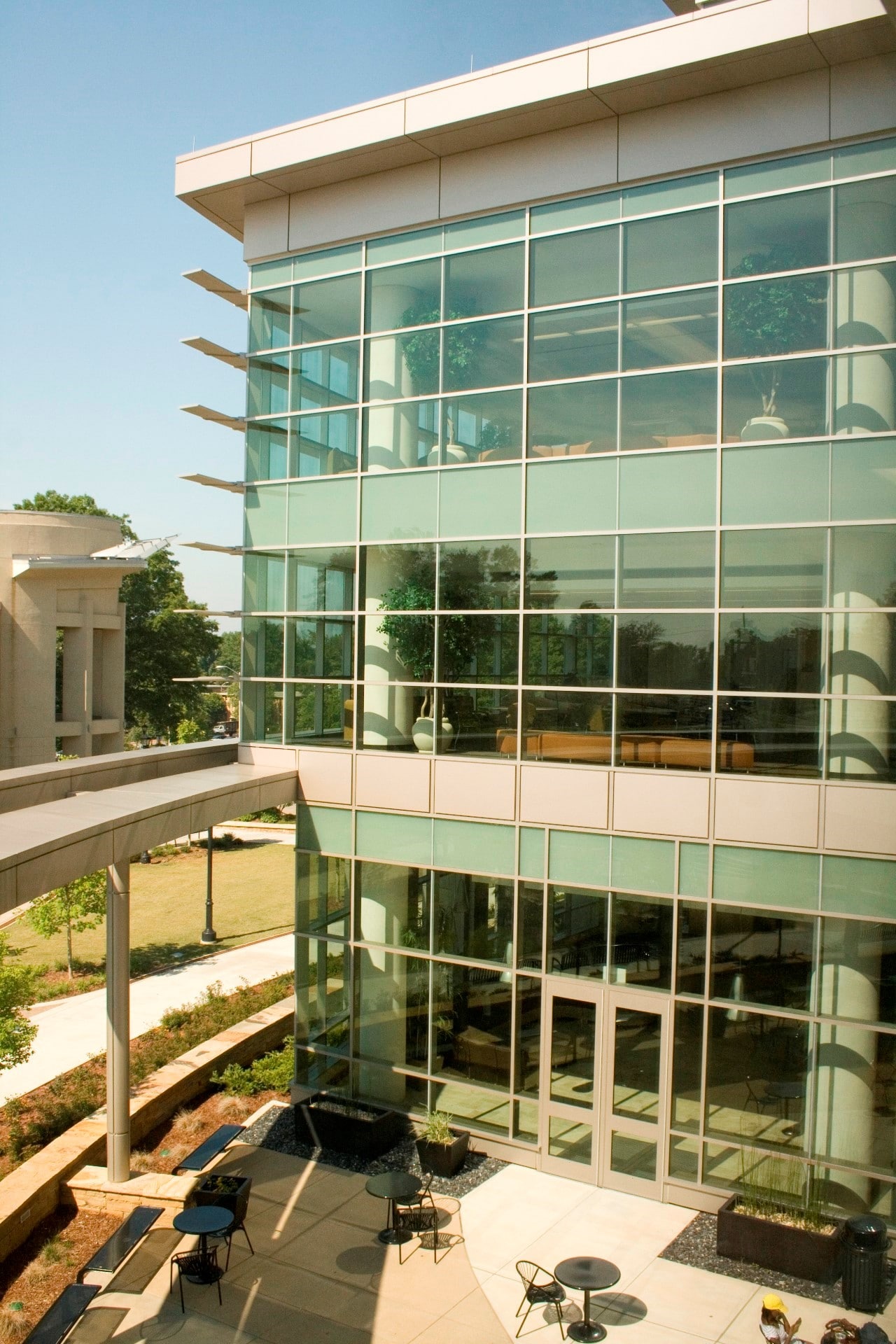Details:
Client: Kennesaw State Iniversity
Location: Kennesaw, Georgia
Status: Completed in 2010
Highlights:
Description:
Kennesaw State University is the third largest university in Georgia, with an enrollment of 23,500 students. TSW’s landscape architecture studio has had a long-standing relationship with the university, dating back to the 1999 Campus Master Plan, where TSW principal Thomas Walsh, while with another firm, was retained as the senior planner and space analyst.
Over the past two decades, TSW has worked on numerous design projects at the university, including the Oval, Nursing Building Plaza, Campus Entry Sign, Convocation/Education Circulation System, Student Union Plaza, and President’s Garden. One of the most notable projects that TSW has worked on at Kennesaw State University is the Prillaman Hall, also known as the Health Sciences Building.
The Health Sciences Building is a $56 million facility designed by Cooper Carry architects, which opened in August 2010. TSW was responsible for the design, construction documents, and construction administration for the building site, courtyard area, and plaza. The project was awarded LEED Gold certification and TSW was responsible for site planning and landscape-specific LEED credits. This is a testament to the sustainable design practices that were incorporated into the project.
TSW’s approach to the Health Sciences Building project was to create a design that not only improves the site but also enhances the overall aesthetic and functionality of the campus. The project was awarded LEED Gold certification, which is a testament to the sustainable design practices that were incorporated into the project. The final product was a well-planned and executed design that not only improves the site but also enhances the overall aesthetic and functionality of the campus.
Overall, TSW has had a long-standing relationship with Kennesaw State University, having worked on numerous projects on the campus over the past two decades. Their work on the Health Sciences Building is a notable example of their ability to create high-quality, sustainable designs that enhance the overall aesthetic and functionality of the campus.

